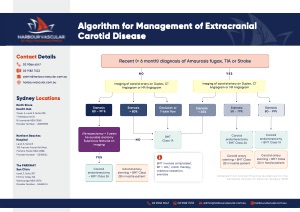Stroke, Mini Stroke and Carotid Artery Disease
Sydney Vascular Surgeon - Dr Mayo Theivendran
How are strokes, mini-strokes and CAD linked?
A stroke, often referred to as a ‘brain attack,’ is a medical emergency that can have serious consequences.
A mini-stroke, also known as a ‘transient ischemic attack’ (TIA), is a warning sign of a future potential stroke.
Carotid artery disease increases the risk of both stroke and TIA.
What is a stroke?
A stroke occurs when there is a disruption in the blood and oxygen supply to the brain, causing damage to brain cells. Brain cells are very sensitive to a lack of oxygen and they can die as a result.
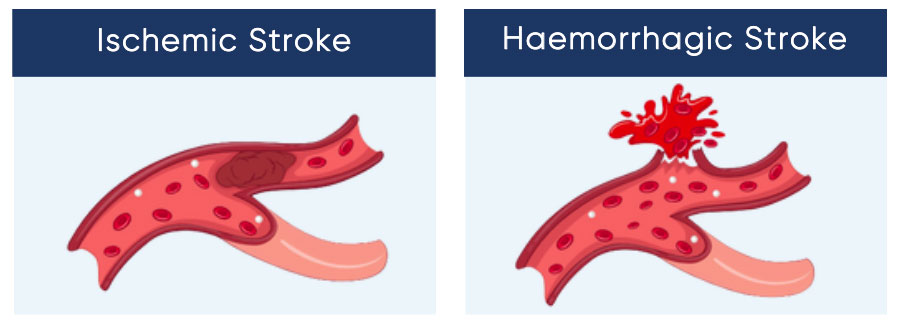
There are two main types of strokes:
A stroke can be caused by a blood clot (ischemic stroke) or a ruptured blood vessel (haemorrhagic stroke). Ischemic strokes are the most common, accounting for around 87% of all strokes.
In an ischemic stroke, a blood clot blocks or narrows one of the arteries supplying blood to the brain. This reduces blood flow, leading to a lack of oxygen and nutrients to brain cells.
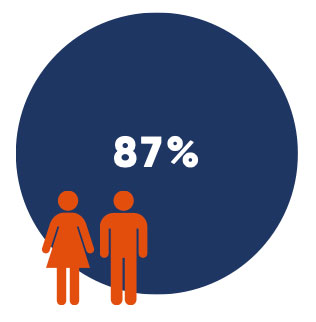
A haemorrhagic stroke occurs when a blood vessel in the brain ruptures, causing blood to leak into the surrounding brain tissue. This can result in increased pressure and damage to the brain.
Over 100 Australians have a stroke event every day.
What is a mini-stroke?
A mini-stroke or TIA, is a brief episode with stroke-like symptoms that typically lasts for a few minutes to a few hours. Although the symptoms of a TIA are temporary and resolve on their own, they shouldn’t be ignored as they are a warning sign of future stroke.
What are the causes and risk factors for stroke?
The causes of strokes and mini-strokes are closely related, as both involve the disruption of blood flow to the brain. The primary risk factors for these conditions include:

Age
The risk of stroke and TIA increases with age, particularly after the age of 55.
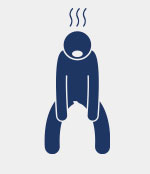
Lack of exercise
A high amount of inactivity during leisure time is associated with an increased stroke risk.
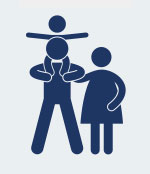
Family history
A family history of stroke or mini-stroke can increase your risk.
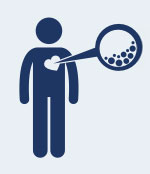
High cholesterol
Elevated levels of cholesterol can lead to the formation of plaques in the arteries, reducing blood flow to the brain.
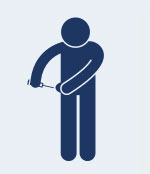
Diabetes
Unmanaged diabetes can damage blood vessels, increasing the risk of clots and strokes.
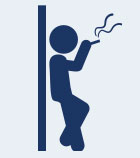
Smoking
Smoking contributes to the build-up of fatty deposits in the arteries (atherosclerosis), which can lead to blood clots.
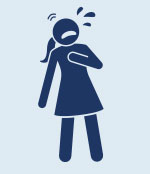
Atrial fibrillation
Atrial fibrillation is an irregular heart rhythm. It can lead to the formation of blood clots, which may travel to the brain and cause a stroke.

Obesity
Excess weight is associated with multiple stroke risk factors, including high blood pressure, diabetes, and high cholesterol.
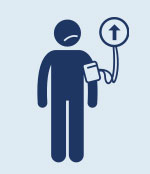
High blood pressure
This is one of the leading causes of strokes and mini-strokes. High blood pressure can damage blood vessels over time, increasing the risk of clots and ruptures.
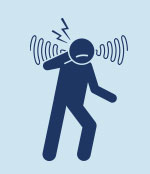
Carotid artery disease
This increases your risk of stroke because it can limit blood flow to your brain.
What is carotid artery disease?
Carotid artery disease is a condition in which the carotid arteries, which supply blood to the brain, become narrowed or blocked.
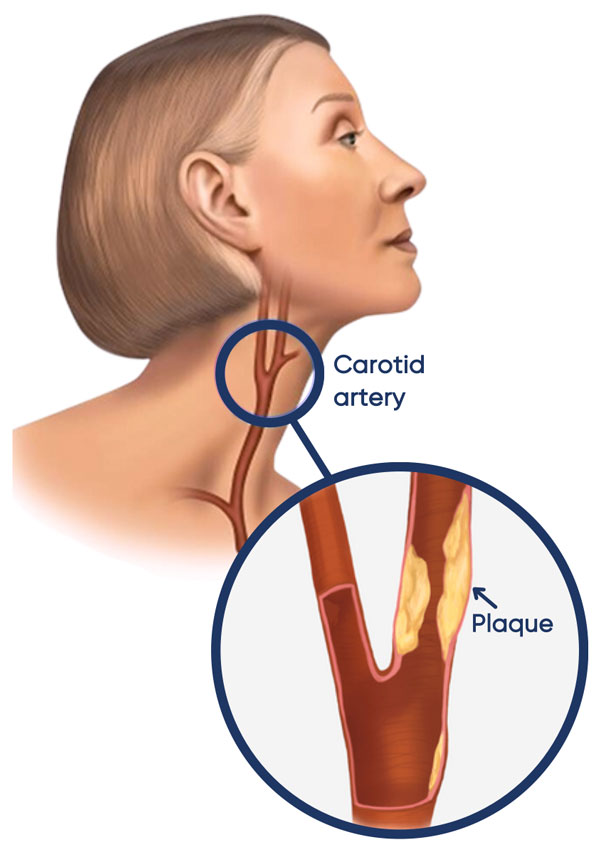
What causes carotid artery disease?
The primary cause of carotid artery disease is atherosclerosis, a condition where fatty deposits, cholesterol, and other substances (called plaque) accumulate on the inner walls of the arteries. Over time, these deposits can rupture and potentially lead to a stroke or TIA. Other risk factors for carotid artery disease are the same as those for stroke.
Symptoms of a stroke or mini-stroke
Recognising the symptoms of a stroke or mini-stroke is crucial for seeking prompt medical attention. The common symptoms for both conditions include:
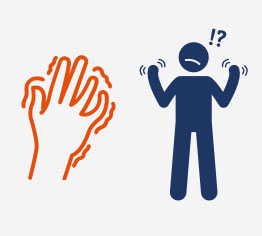
Sudden numbness or weakness in the face, arm, or leg, especially on one side of the body
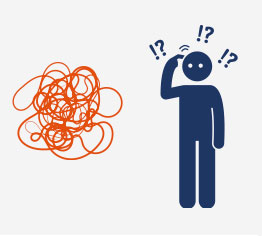
Sudden confusion, trouble speaking, or difficulty understanding speech
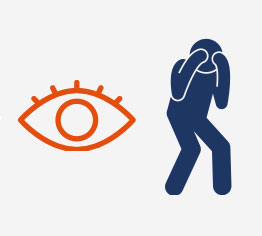
Sudden trouble seeing from one or both eyes
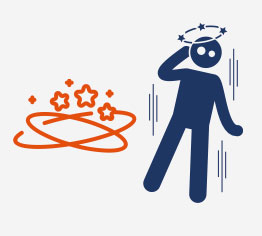
Sudden trouble walking, dizziness, loss of balance, or lack of coordination
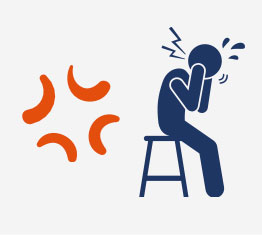
Sudden severe headache with no known cause
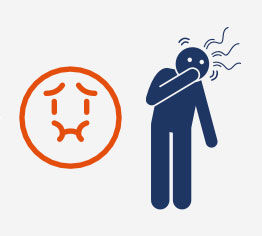
Nausea and vomiting
It’s important to remember the acronym FAST when you see someone with possible stroke symptoms:
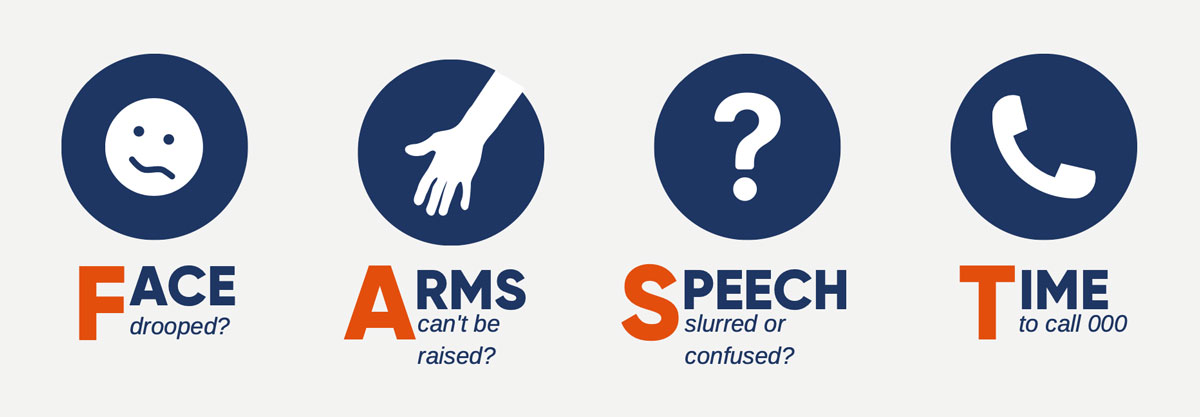
In the case of a mini-stroke (TIA), the symptoms are similar but temporary, usually lasting between a few minutes and a few hours. They shouldn’t be ignored, as they may precede a full-blown stroke.
Symptoms of carotid artery disease
If carotid artery disease is in its early stages, you may not have any symptoms. Your doctor may notice a sound called a ‘bruit’ when checking your pulse. This faint sound is a distinctive sign of a carotid artery blockage.
As the blockage increases, the most common first sign may be a mini-stroke. For some people, a stroke is the first sign of any problem with the carotid artery.
How are stroke and mini-stroke diagnosed?
Diagnosing stroke and mini-stroke usually involves a combination of medical history, physical examination, and diagnostic tests. Common diagnostic procedures include:
- Physical examination: Your doctor will assess your brain function, paying close attention to any signs of stroke.
- Imaging: Various imaging tests can help identify the type, location, and extent of any brain damage. These tests may include computed tomography (CT) scans, magnetic resonance imaging (MRI), and angiography.
- Blood tests will help determine your cholesterol levels, blood sugar, and clotting factors.
- Electrocardiogram (ECG): An ECG can identify irregular heart rhythms, such as atrial fibrillation, which may contribute to stroke risk.
- Carotid ultrasound: This non-invasive test uses sound waves to create images of the carotid arteries, allowing your doctor to assess the extent of plaque build-up in the arteries.
How is carotid artery disease diagnosed?
Diagnosing carotid artery disease involves assessing the health of the carotid arteries and the extent of blockages. Common diagnostic tests include:
- Carotid ultrasound as per stroke or mini-stroke, above.
- Doppler ultrasound: This type of ultrasound assesses blood flow through the carotid arteries, helping to identify areas of narrowing.
- Computed tomography angiography (CTA) This is a type of CT scan that focuses on the blood vessels, offering a detailed view of the carotid arteries.
- Magnetic resonance angiography (MRA) provides detailed images of the blood vessels, helping to visualise blockages in the carotid arteries.
How are stroke, mini-stroke treated?
Effective treatment for stroke or mini-stroke depends on several factors, including the type of stroke, the underlying cause, and the time since the onset of symptoms. Common treatments may include:
Medications
If you have had an ischaemic stroke, or you’ve been diagnosed with carotid artery disease several drugs can be used:
- Clot-busting drugs (thrombolytics) can be administered to dissolve blood clots in ischemic strokes.
- Antiplatelet drugs, such as aspirin, are prescribed to prevent blood clots in these conditions
- Anticoagulants may be used to thin the blood and reduce the risk of blood clot formation.
Rehab and lifestyle changes
- Rehabilitation: After a stroke, rehabilitation therapy, including physical, occupational, and speech therapy, can help you to regain lost functions and improve your quality of life.
- Lifestyle Changes: Managing risk factors such as high blood pressure, diabetes, and high cholesterol is crucial in preventing recurrent strokes. This often involves dietary changes, exercise, and stopping smoking.
Surgeries for stroke
After an ischaemic stroke, your doctor may recommend a surgical procedure to remove blood clots in your brain:
- Craniotomy is a procedure performed by a neurosurgeon to remove blood clots or repair ruptured blood vessels in the brain in the case of haemorrhagic strokes.
- Mechanical thrombectomy: This procedure may be performed by a neurosurgeon or radiologist after an ischaemic stroke to physically remove blood clots from the affected blood vessel.
Surgeries for carotid artery disease
Dr Theivendran performs two types of surgical intervention for carotid artery disease aimed at preventing strokes by opening a narrowed or blocked carotid artery:
Carotid angioplasty and stenting
This minimally invasive procedure can be used to open a narrowed carotid artery and place a stent to keep it open.
Read more about endovascular surgery
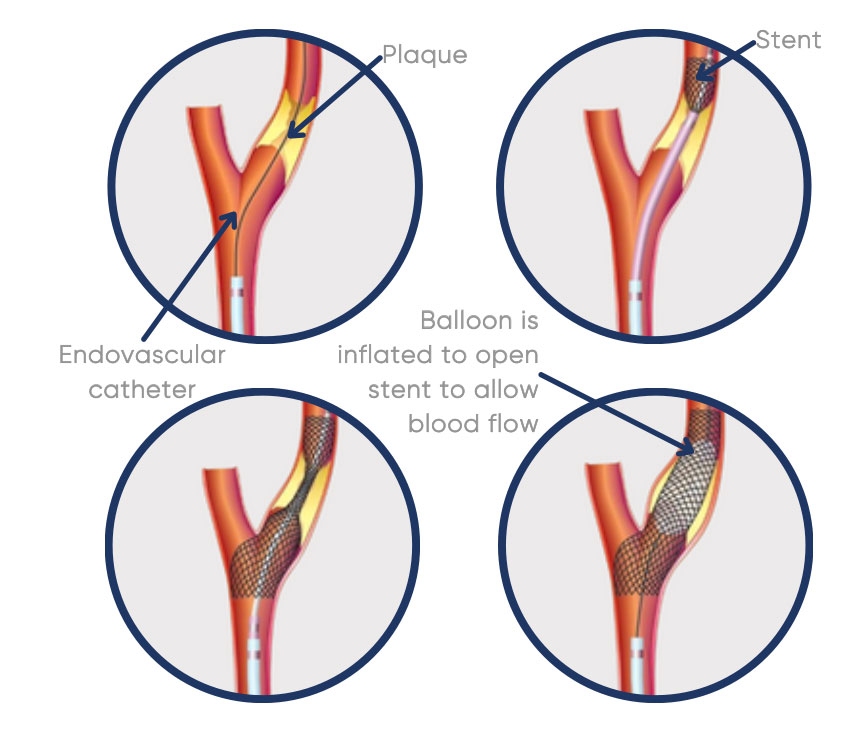
Carotid endarterectomy
This open surgical procedure involves the removal of plaque from inside the carotid artery to restore blood flow.
Read more about open vascular surgery
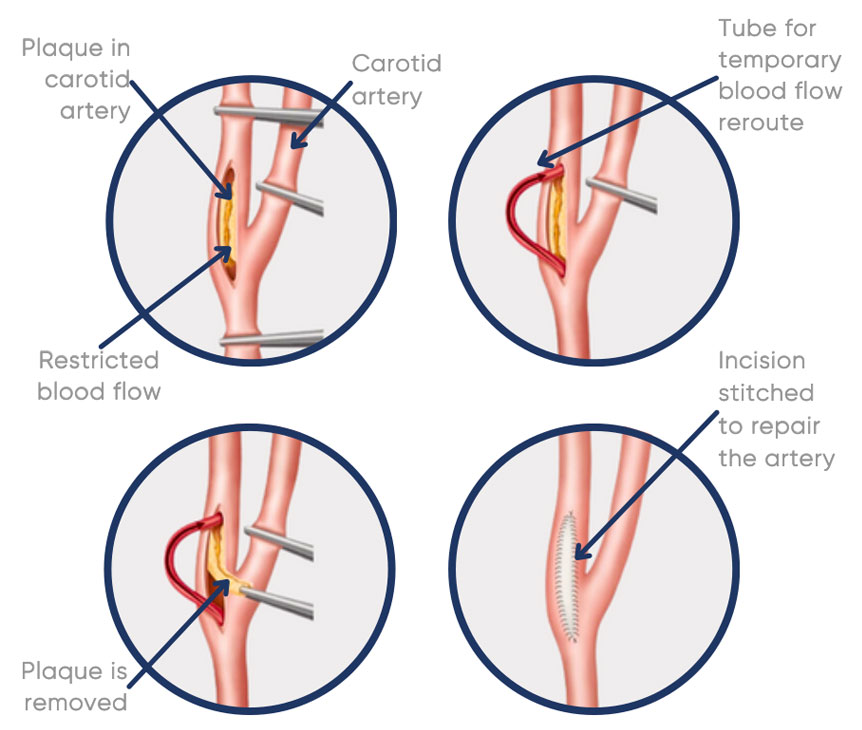
How Dr Theivendran can help
If you have been diagnosed with carotid artery disease and non-surgical treatments haven’t worked, ask your treating doctor for a referral to Dr Theivendran, an experienced Vascular and Endovascular surgeon.
He will assess your condition and discuss surgical options that can reduce your risk of experiencing a stroke or mini-stroke.
If you have any questions, please don't hesitate to contact our rooms on (02) 9066 6547
Information for referring doctors
For appointments and enquiries:
Monday - Friday: 8:00am to 4:30pm
Fax: (02) 9182 7533
